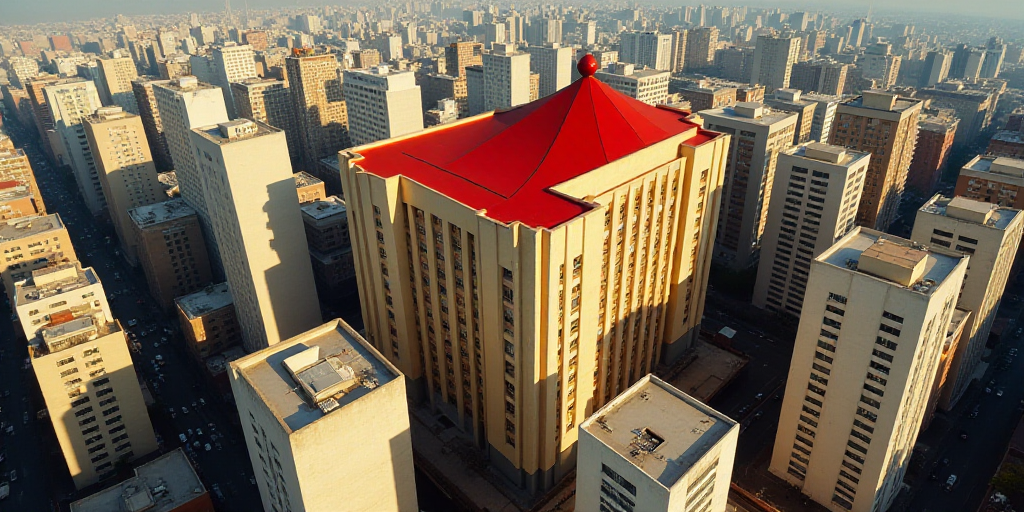Introduction to Gentrification in Mexico City
Mexico City has been experiencing gentrification, particularly in popular neighborhoods such as Roma and Condesa. However, the impact of rising housing prices and displacement may be more pronounced in other popular areas, including Doctores, Tlatelolco, Anáhuac, Tacubaya, and Pensil Norte.
Neighborhoods Undergoing Transformation
Doctores, a historic neighborhood known for its gastronomy, popular art, and as the birthplace of lucha libre, is now showing signs of real estate pressure.
- Between 2015 and 2025, the price of housing for sale in Doctores increased from 15,000 to 37,000 pesos per square meter.
- The availability of houses and apartments has dropped dramatically, from over 2,500 units in 2020 to just 500 available units in 2024, according to Propiedades.com.
Juan David Vargas, General Director of Propiedades.com, commented on the rapid cycles and unpreparedness of these neighborhoods for such changes, stating that a larger percentage of the population may be displaced.
Impact on Middle Class
The rapid transformation of these neighborhoods affects the daily lives of residents, not only due to higher housing costs but also because local shops and restaurants are being replaced by establishments catering to a higher social class.
“The gap between purchasing power and housing prices is widening. We can expect scenarios where people will be priced out, potentially leading to strong social movements,” said Vargas.
According to an analysis by the Mexican College of Urbanists (ECUM), the middle and lower-middle classes historically residing in central areas are most affected by gentrification.
“These are the groups who have traditionally had access to central neighborhoods and now face economic pressures due to market dynamics,” explained urbanist Iván Amador.
Vargas emphasized that the pressure is most significant in centrally located homes priced between one and two million pesos.
Government Initiatives
Vargas suggested that government initiatives to mitigate rising housing prices and gentrification should prioritize neighborhoods like Doctores and Pensil Norte to prevent them from sharing the same fate as Roma and Condesa.
- He acknowledged that Bando 1, the government’s proposal to ensure housing accessibility, is positive as it brings together various actors in the housing industry.
- However, he noted that recent changes, such as rent caps and Airbnb regulation, have not demonstrably impacted the housing situation in Mexico City.
Vargas stressed the need to address urgent factors, including formalizing the rental market and providing incentives for affordable housing construction.
“We need innovative regulations and recognize that there’s a structural problem in the market: gentrification is a consequence, not a cause, of many factors,” Vargas concluded.
Key Questions and Answers
- What is gentrification? Gentrification refers to the transformation of lower-income neighborhoods into more affluent areas, often resulting in the displacement of original residents due to rising housing costs.
- Which neighborhoods in Mexico City are experiencing gentrification? Doctores, Tlatelolco, Anáhuac, Tacubaya, and Pensil Norte are among the neighborhoods facing gentrification pressures.
- Who is most affected by gentrification? The middle and lower-middle classes historically residing in central areas are most impacted by gentrification.
- What government initiatives are in place to address gentrification? Bando 1 is a proposal by the government to ensure housing accessibility, though its effectiveness remains to be seen.
- What factors need urgent attention? Formalizing the rental market and providing incentives for affordable housing construction are crucial steps to address gentrification.






